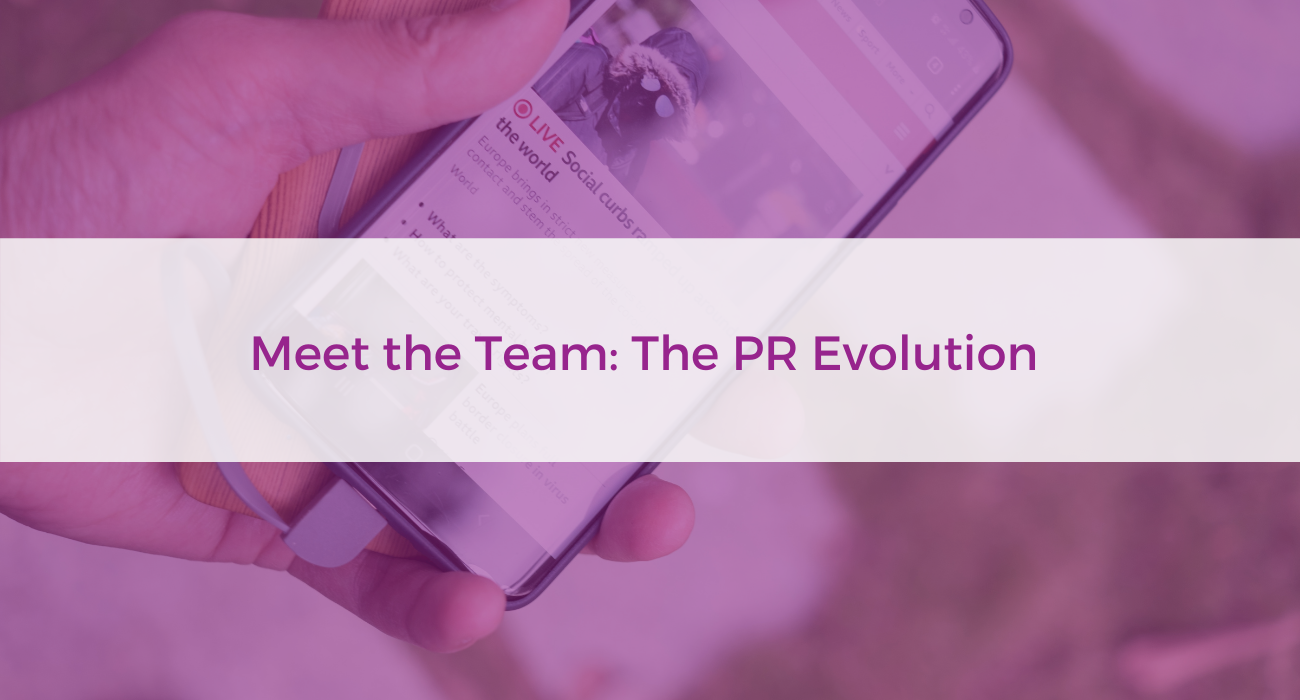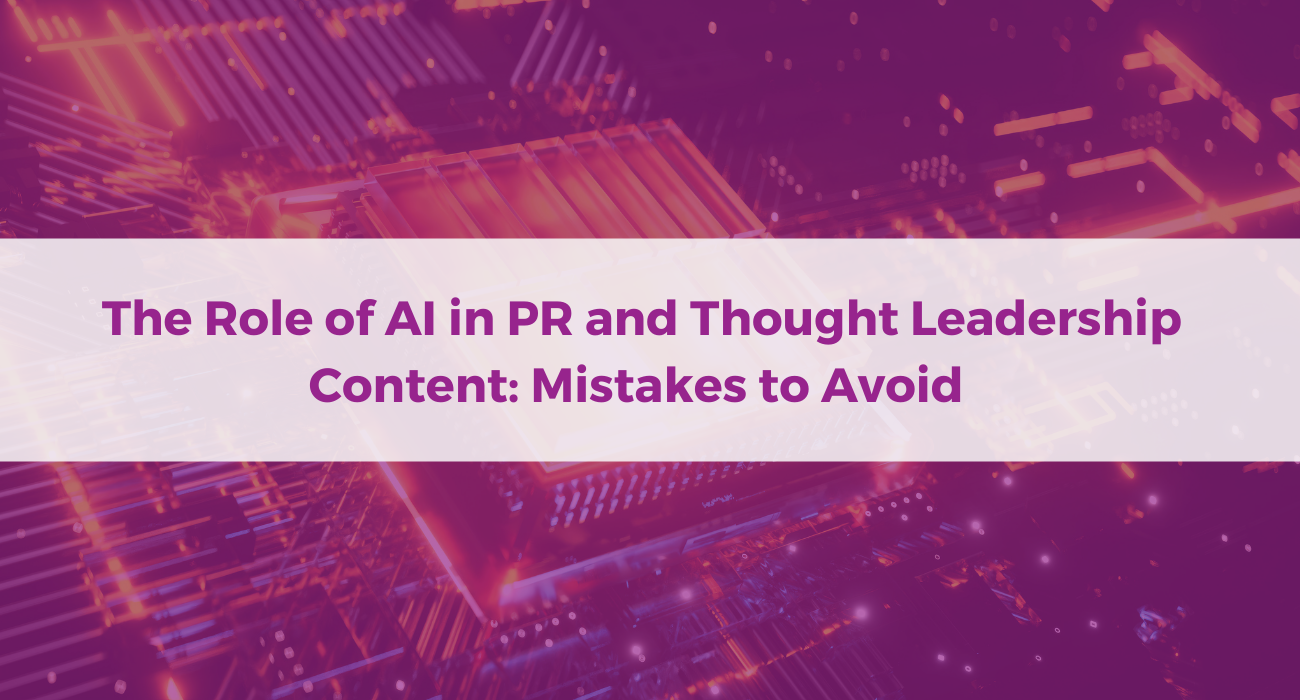
Meet the Team: The PR Evolution
Meet Eleanor, our latest addition to the team, who has joined Neo PR as an Account Director. With years of experience in PR, both in house and through agencies, Eleanor reflects on both the old and the current structure of Public Relations.
I’m no PR granny but I’ve been around for a while and I’ve seen a fair few changes to the world of PR in my time. For example, I remember when distributing press releases via fax was the favoured method of communication with journalists. Then we moved onto paying services such as PRNewswire to blanket send press releases to swathes of the media on our behalf – journalists were submerged up to their eyeballs in press releases and we always rang them to follow up too.
I’ve been working in PR for more than 20 years and still believe in its power and the role it plays in business. In technology PR in particular, content, credibility and evidence is everything, and if you don’t have these factors, you can’t execute a winning PR strategy. This has never changed and actually, we still use many tools today, such as the trusty white paper, thought leadership, case studies, round tables, seminars and surveys to underpin our strategies with solid content. Oh, and let’s not forget the press release which has evolved into a tool that is used sparingly, just when you have actual news – thank goodness.
Social media has changed our world
MySpace has been credited with introducing social media on a global scale when it hit one million monthly users in 2004 and the real popularisation of social media began. This is when PR began to change forever.
In the olden days, we would eagerly await the morning’s newspapers for breaking stories to piggyback, provide reactionary comment to or use as the basis for a timely pitch. However, these could potentially be outdated by the afternoon. Today, social media provides us with content and news in real-time, 24/7, and the same can be said for news sites as they try to keep up with the punishing pace of Twitter et al.
It took a fair few years before ‘digital PR’ became a real thing that you included in your PR strategy when pitching a potential client, but our one and only target – the journalist, was no more so we had to adapt with the times. Now, everyone has a platform that gives them a voice, enabling businesses and ordinary people to impart their views and tell their stories. Those that do it well are called ‘bloggers’ and the ‘Blogosphere’ gained rapid popularity, these people were our early ‘social influencers’ and we began to pay them attention. The rise of social media also meant we had to learn how to write optimised copy that would enhance our Google ranking, this took some practice too!
Enter the social influencer
Today the blogger is so much more. In PR, we target the social influencer alongside the journalist in equal measure, although not so much in the world of tech PR – our journalists still hold pole position! They are highly influential and they can promote trust, as well as dislike of your client. Influencer marketing has sky-rocketed, giving brands a chance to communicate with their audiences through their peers who they trust and respect as well as the media.
Today’s PR is so much more measurable
Of course, all of these channels are hard to keep track of, so it’s a good job PR measurement has improved over the years. Finally, we can measure our results for our clients and validate our PR strategies with analytics, positive comment and media spread. In the past, measurement was done with AVE (Advertising Value Equivalent). I’ve always disliked this because PR is so much more powerful than advertising – for a start you haven’t paid for it.
Although the Holy Grail of PR measurement still hasn’t been discovered, we’re getting there, and our hard work can be proven with platforms like Google Analytics, social media engagement, backlinks, keyword ranking and lead generation among others.
PR is great
In summary, there are things I miss about the olden days, the face-to-face interaction, meetings over wine, having a good old row with a journalist over the phone that resulted in coverage, but in general, I think PR has improved with age. We have to work harder now for a share of voice and we have to be adaptable because every year brings a new way of doing things to stay ahead of the trends and emerging technologies. As I said before, it also demands credibility, knowledge of your audiences and the ability to be creative even through adversity, like a global pandemic, and that’s why PR is a great job to be in – there’s never a dull moment and it keeps you on your toes.
To find out more about Eleanor, you can reach her on LinkedIn here or on Twitter here.




